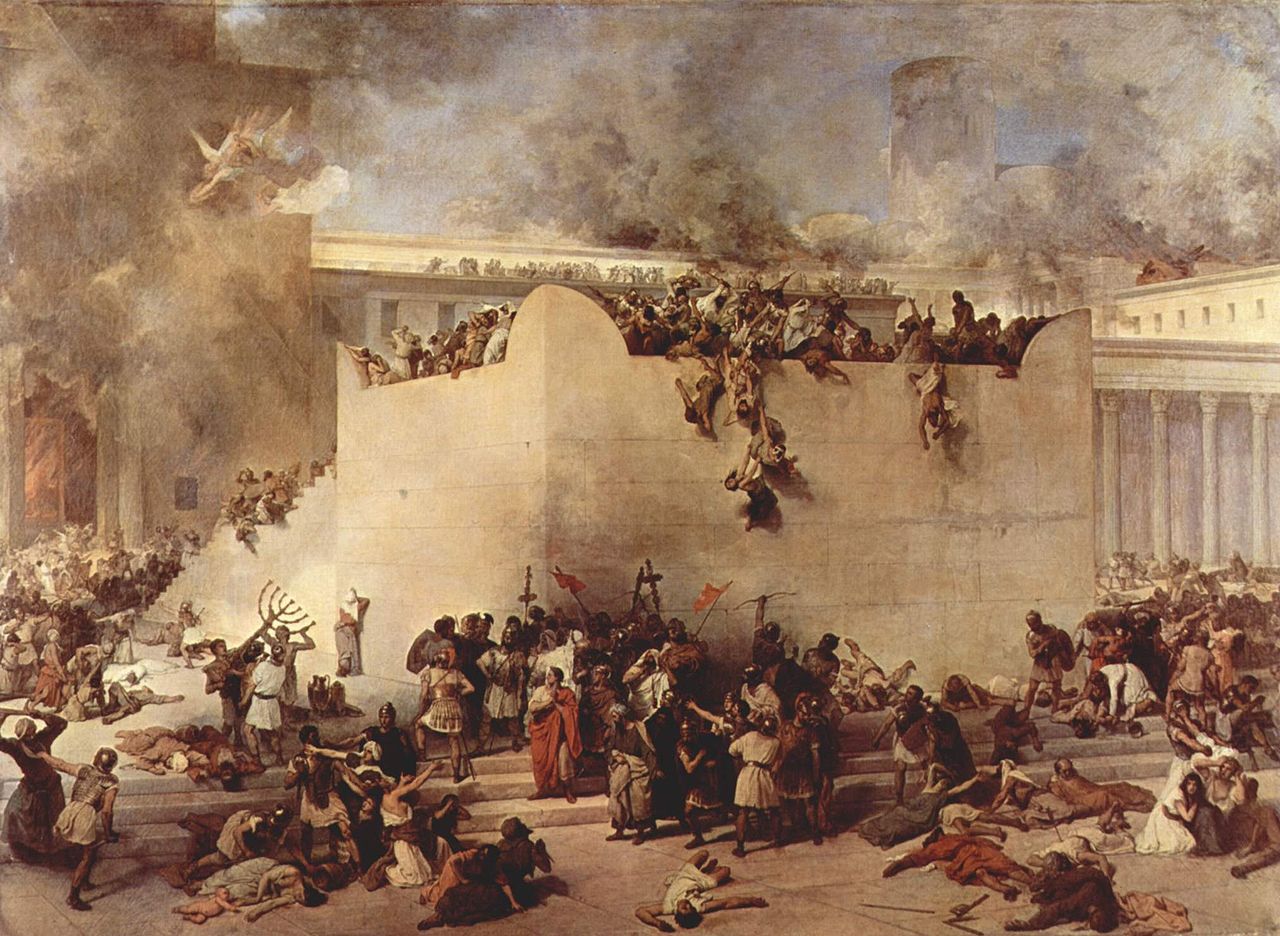
How Reading the Prophets Through a Feminine Lens Illuminates Tisha B’Av
This week’s period of mourning on the Jewish calendar, and today’s day of mourning, Tisha B’Av, vary in their significance for those living in the sometimes-comfortable sometimes-challenging diaspora. Some view the holiday as an irrelevant memorial to an Ancient temple, others as a current remembrance of the roots of tragedy throughout both society in general and our ancestors and people in particular.
Lamentations is traditionally read on the Ninth of Av, and Isaiah and Jeremiah are also both read around this time in the Jewish calendar. In these texts, there is no shortage of imagery surrounding the many iterations of the weeping woman—Mother Rachel, the Mother of Zion, and the daughter of Zion. She is wearing tattered clothing. She is abandoned as a whoring woman by her fickle lovers. She is weeping as her children starve and lick the dust. She is primal in her crazed pursuit of survival. She is destroyed as she wails on a mountaintop, a black-clad banshee.
The divine mother is not a frequent image in modern day Judaism, and the divine daughter even less so. But it’s in this space of deep exile surrounding Tisha B’Av, when the people have lost all hope and identity, that we see her imagery ring out.



